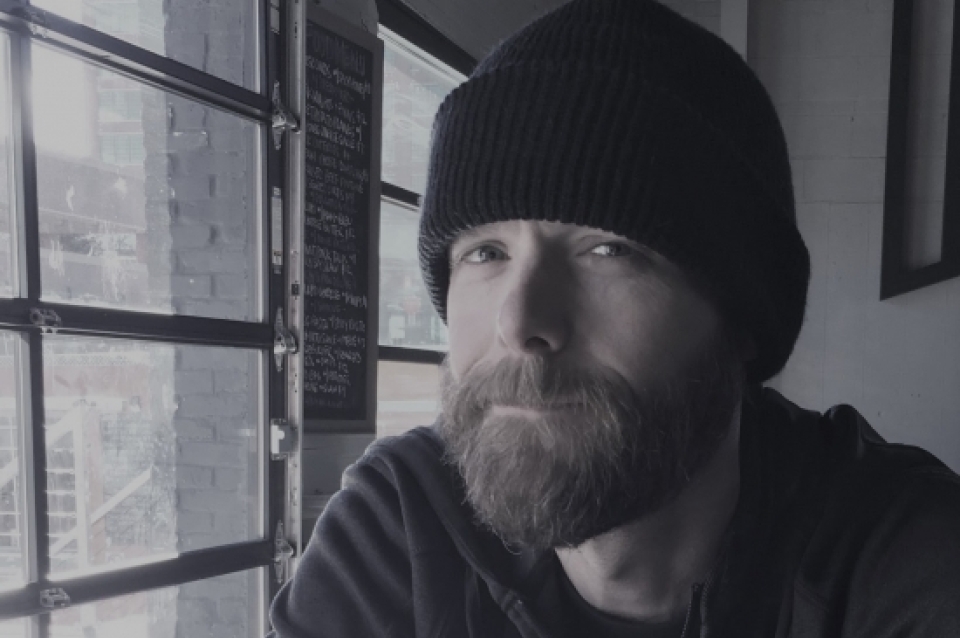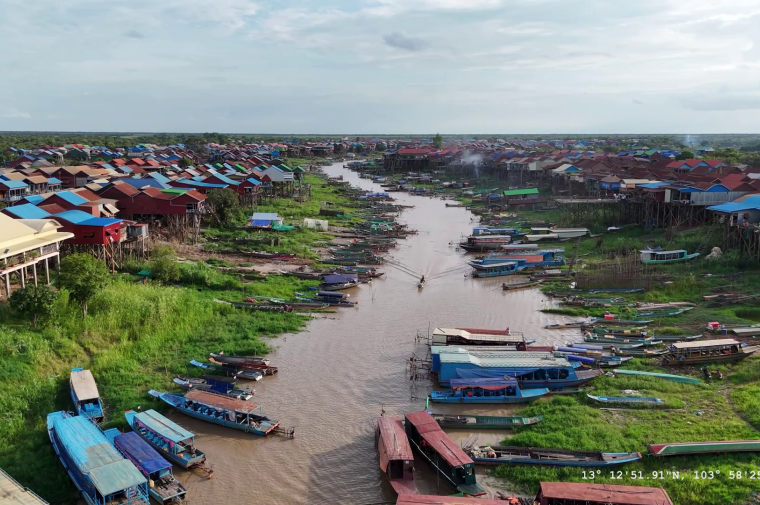November 30, 2018
Stuart Weitzman School of Design
102 Meyerson Hall
210 South 34th Street
Philadelphia, PA 19104
Get the latest Weitzman news in your Inbox
Media Contact
Michael Grant
mrgrant@design.upenn.edu
215.898.2539
Sean Burkholder, assistant professor of landscape architecture, arrived at PennDesign this fall after teaching at the University of Buffalo. He is also director of the Landscape Affairs Group, a landscape, research and design consultancy focused on the human-entangled freshwater ecosystems of postindustrial regions, and co-directs the $1.5M Healthy Port Futures project from the Great Lakes Protection Fund in close collaboration with a range of local and federal agencies.
What are you teaching this year?
I am teaching in the core 601 Landscape Architecture studio, coordinated by Ellen Neises [adjunct associate professor of landscape architecture and executive director of PennPraxis], which focuses on resilience planning and design in the state of New Jersey
Could you summarize your work on the Healthy Port Futures project?
It is a hard project to summarize, as it is large, complex and always seems to be changing. To put it succinctly, the project is aiming to discover new methods of sediment management for Great Lakes port cities, leveraging some of the skills we bring as landscape architects, such as visualization, abductive propositions, collaboration, and time-based thinking.
As someone new to Philadelphia, what do you find striking about this city as a place to live? And in terms of how it relates to your work?
Philly is amazingly simple to live and work in, at least compared to other places I have lived. Public transit and walkability are both top-notch. My work has always been very Great Lakes-specific, so I am still working on getting settled work-wise here in the city, but we do have a great district of the Army Corps of Engineers here that I look forward to begin collaborating with. And, obviously, as a transportation hub, it makes getting to the places where I do presently work very easy to get to.
This summer saw the re-opening of the Cherry Street Pier as a dedicated, multi-use public space. What is your assessment of the city’s recent efforts to engage with the Delaware River waterfront?
I am honestly pretty ignorant of the most recent urban development here in the city, but I am working diligently to get caught up! Before things like the Cherry Street Pier, my impression of the Delaware River waterfront was one of auto-focused industry, big retail and disconnections. It is great to be here at a time when these things are being addressed and that part of the city is being transformed for the better. Also, by focusing on these post-industrial locations, the chances of displacement and gentrification are at least minimized. However I imagine I am generalizing a bit here and there are nuances I could be missing, as a brand-new resident. I am in support of efforts that equitably reconnect urban residents to the water and the ecosystems they support.
What are five artworks, movies, or publications that have been important to your work and thinking?
1) I have found the work of philosopher Paul Feyerabend, and more recently William Connolly, very influential in my thinking.
2) Dennis Oppenheim’s Wishing the Mountains Madness has always been one of my all-time favorite artworks.
3) Jorge Luis Borges’ “Garden of Forking Paths” is an amazing short story that has helped me think about multiple and conflicting times and durations.
4) As someone focused on post-industrial environments, I think referencing Tarkovsky’s Stalker is almost trite at this point, but I do love it. The story that inspired it, Roadside Picnic by Strugatsky, is also great at hinting at the extraterrestrial nature of Tarkovsky’s amazing imagery.
5) I also like the shocking and totally inaccurate depiction of the part of Ohio I grew up in by Harmony Korine’s film Gummo.


 Expand Image
Expand Image


